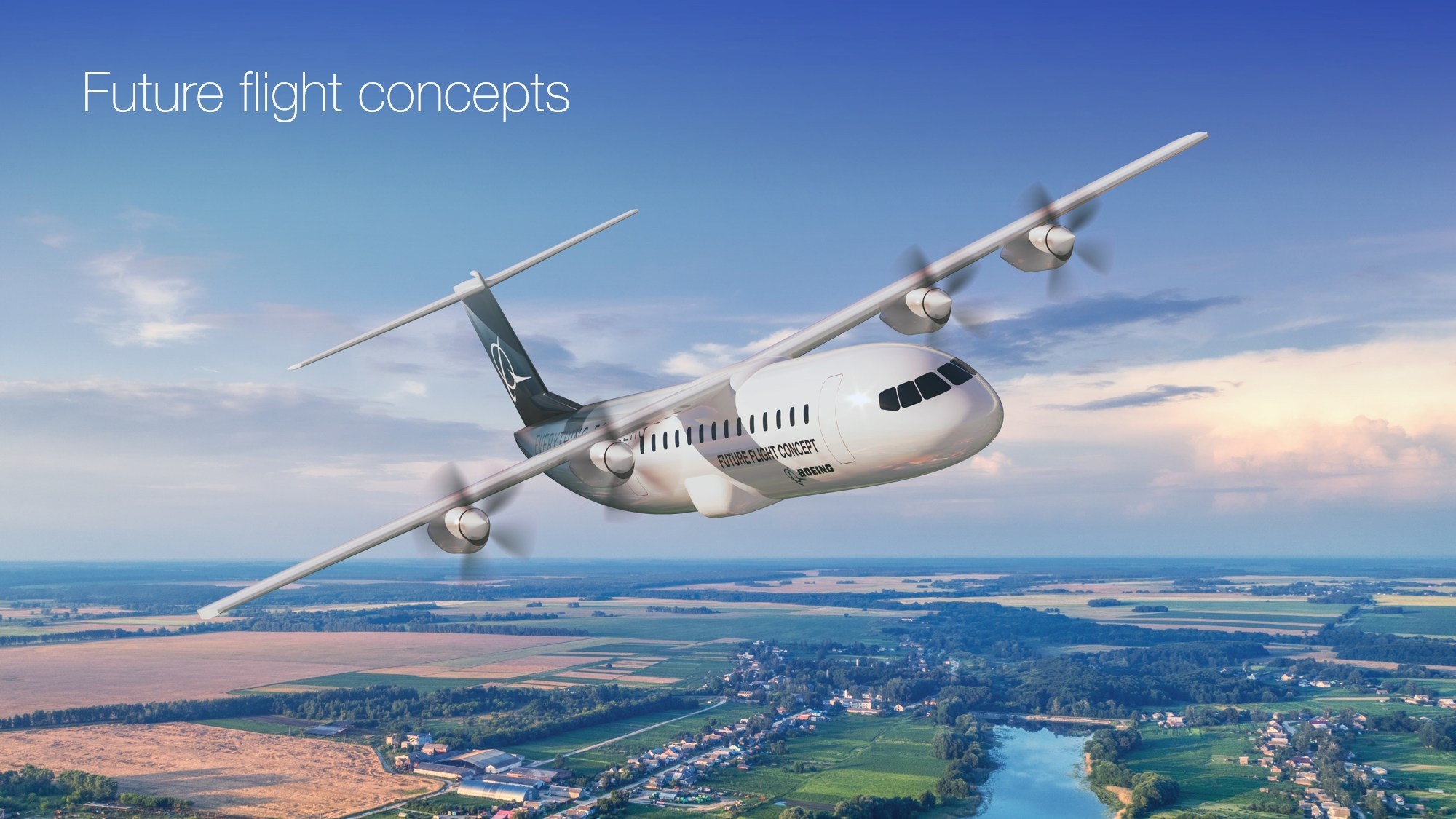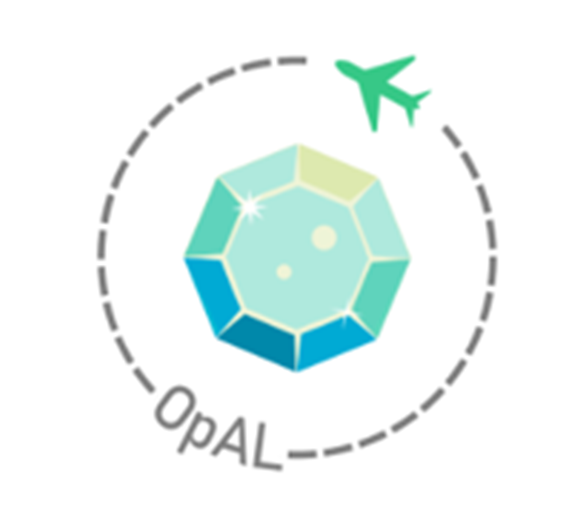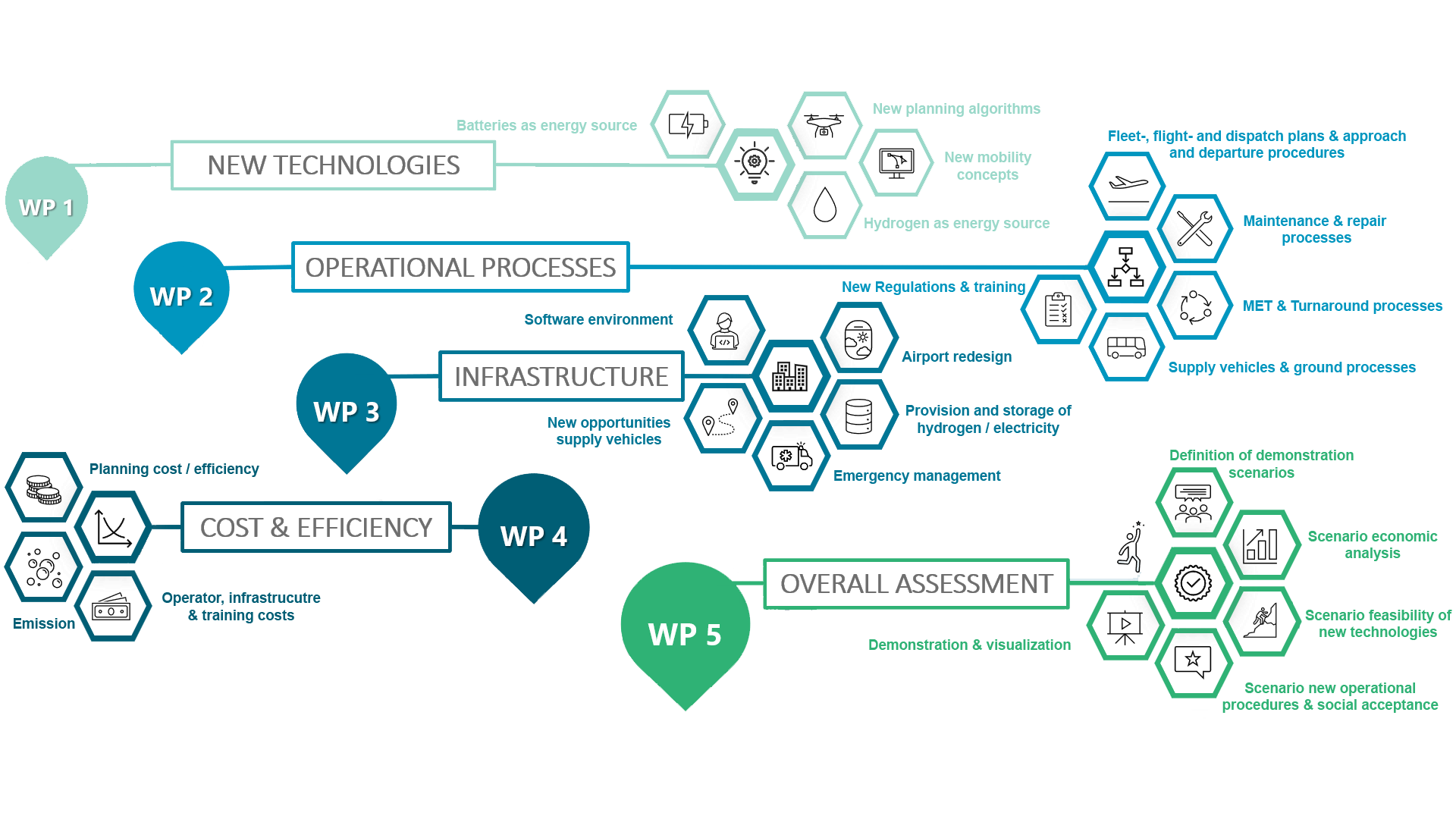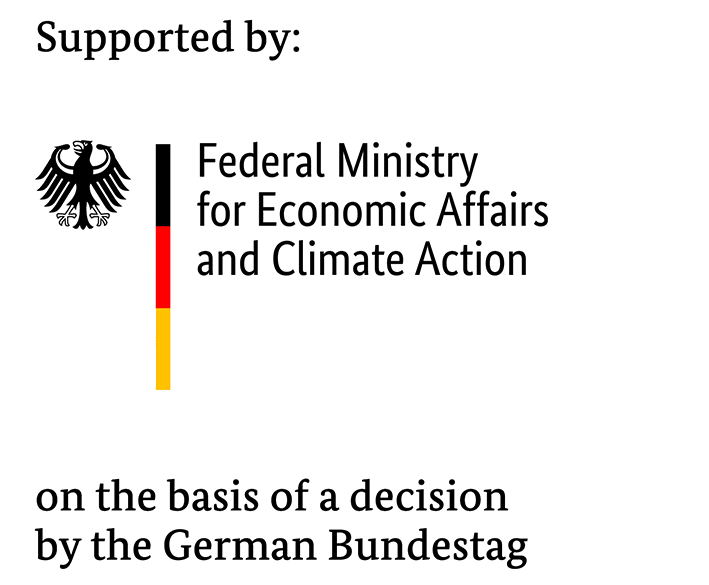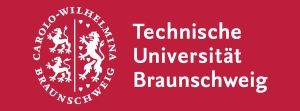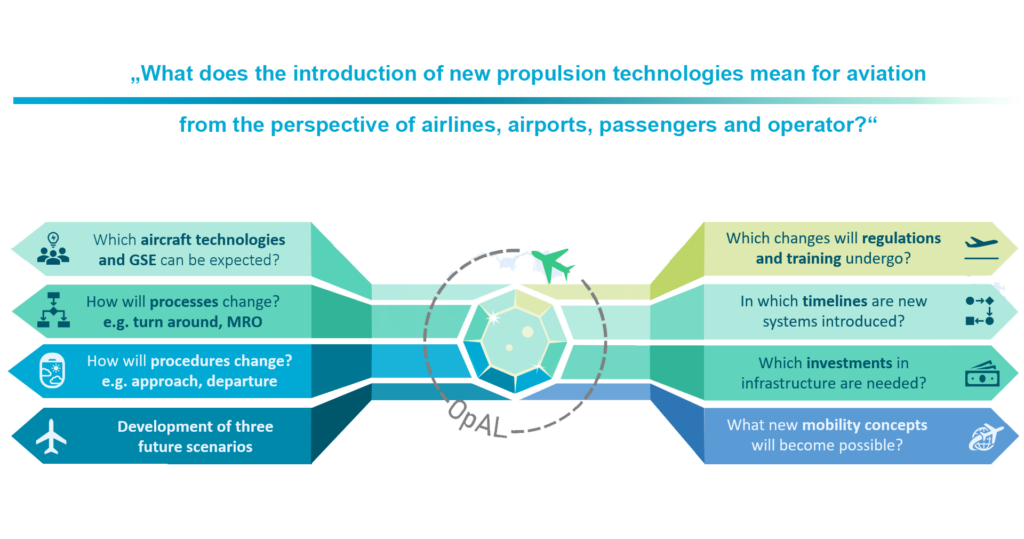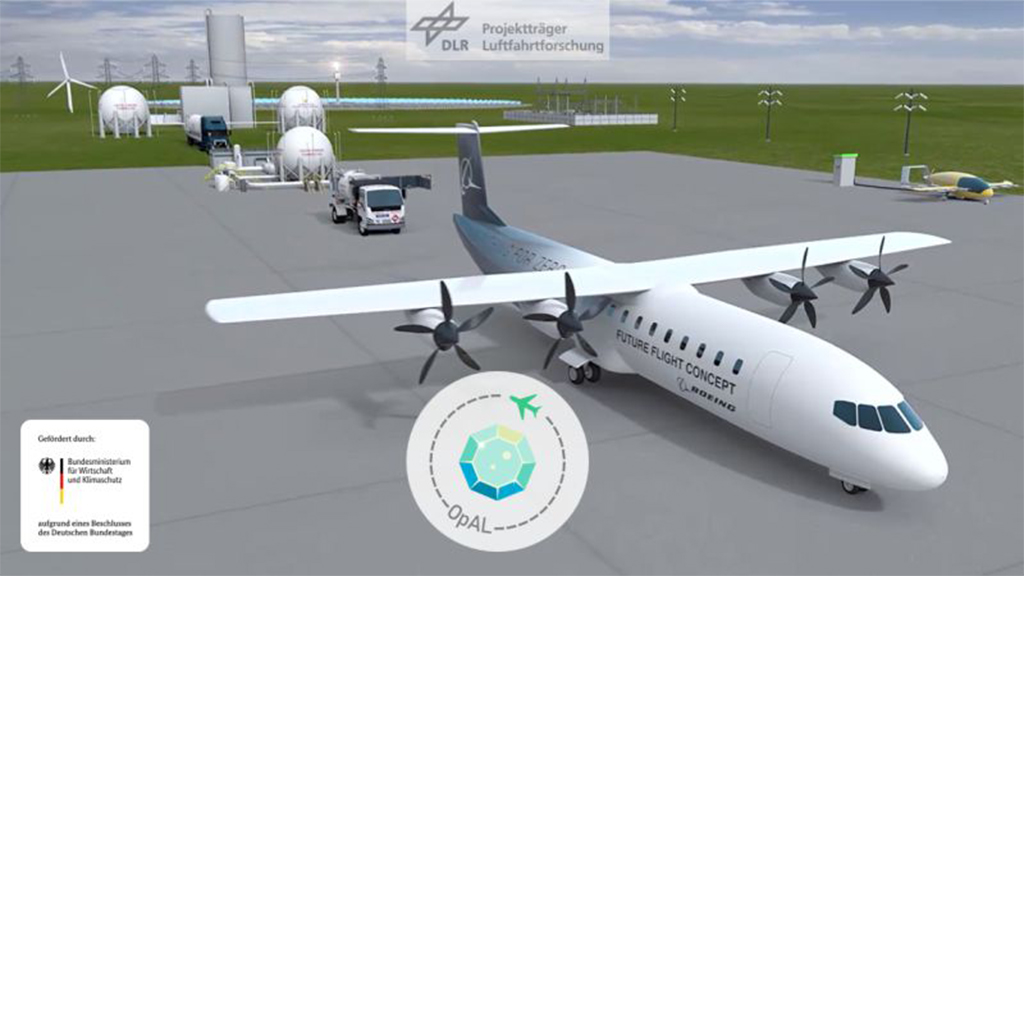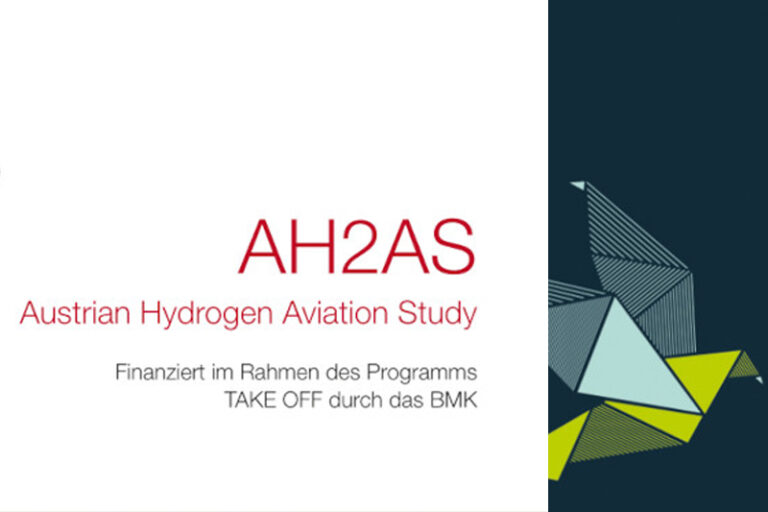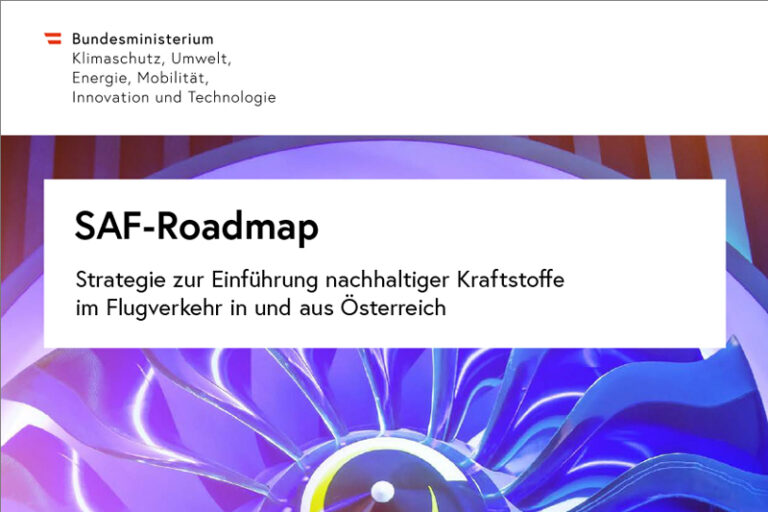NEW TECHNOLOGIES
New propulsion/energy sources, use cases of hydrogen in aviation, new planning algorithms, AI, new mobilty concepts (UAM)
OPERATIONS
Flight and fleet planning/scheduling, regulations, training, maintenance, turnaraounf, MEL, mixed fleet planning, supply trucks/vehicles, operation planning, gate allocation
INFRASTRUCTURE
Supply and storage of new fuel/electricity at the airport & aircraft (underfloor fueling, additional fueling trucks), fire fighters, software, connection between Vertiports and gates
COST & EFFICIENCY
Cost for infrastrucutre, training, operator cost, planning cost/efficiency, new business model, Hydrogen at the airport
HOLISTIC REVIEW
Social acceptance, business case analyses for airline and airport, environmental aspects, technical feasibility
